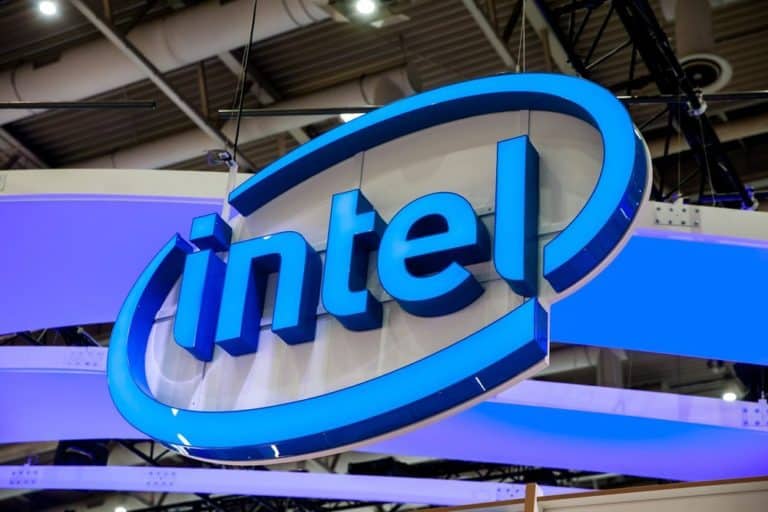DigiTimes reported that Intel has changed its server strategy to take on AMD while the latter is experiencing supply constraints. The report says that Intel is flooding the market with chips at a discount instead of sticking to (Manufacturer Suggested Retail Price) MSRP.
Some reports say that AMD’s CPU supply has become relatively stabler. However, the company has two disadvantages, which give Intel an upper hand. First, it has fewer revenue sources than Intel and does not own the factories that produce its Zen chips. Intel can, however, use vertical integration (where it does everything from development to manufacturing) and its revenue advantage to out-price AMD.
Related: Cloudflare chooses AMD to power its new generation of servers
Intel’s gambit
Simply put, Intel can pull a lot more levers to increase demand in the hopes of attracting would-be AMD clients back to its products. AMD has been making strides in server market penetration. A good example would be the system distributor Puget Systems, which reported that AMD has risen from a 5% share in systems sold since June 2020 to a dominating 60% as of June this year.
Unserved demand is prompting companies to invest in chip infrastructure or to look for other alternatives, given that AMD chips could take a while to arrive.
Stemming the tide
The move here is to make the companies that think AMD is attractive go back to the Intel fold or skip AMD altogether.
The attempt highlights the importance of the server and HPC markets, where system choices today can impact future operations. Changing server infrastructure from AMD to Intel or vice-versa usually brings more headaches (and expenses) than simply upgrading the same manufacturer’s product.
According to the companies’ performance, they offer customers comparable value from a technological standpoint. That is why shortages and creative pricing are deciding factors for potential customers.
